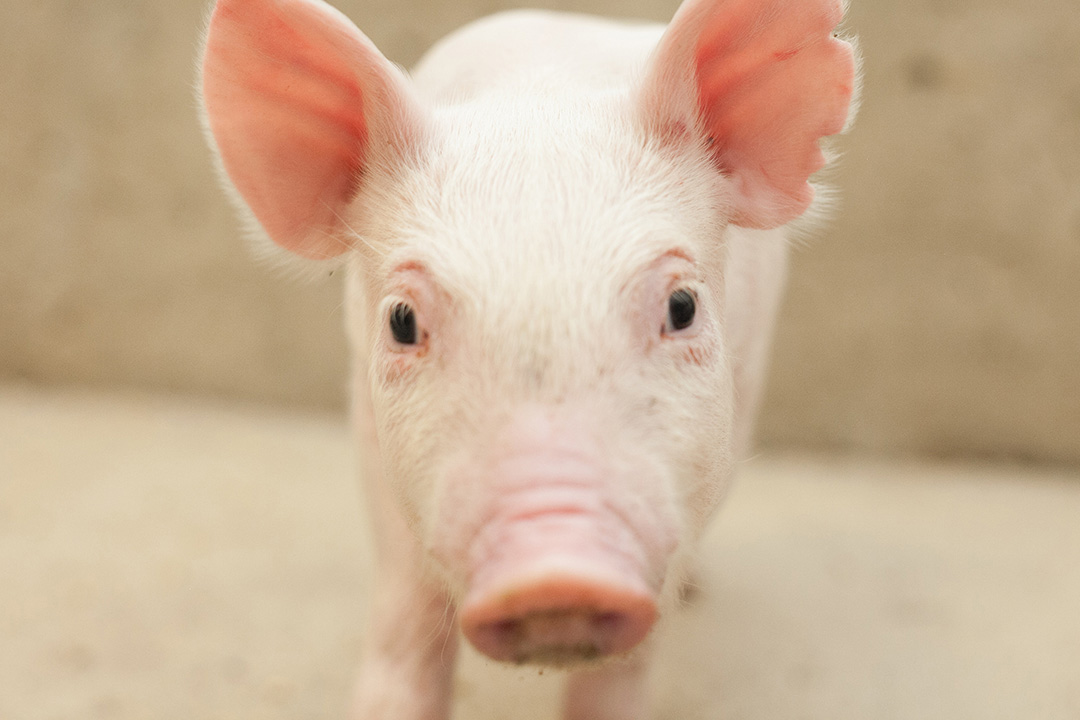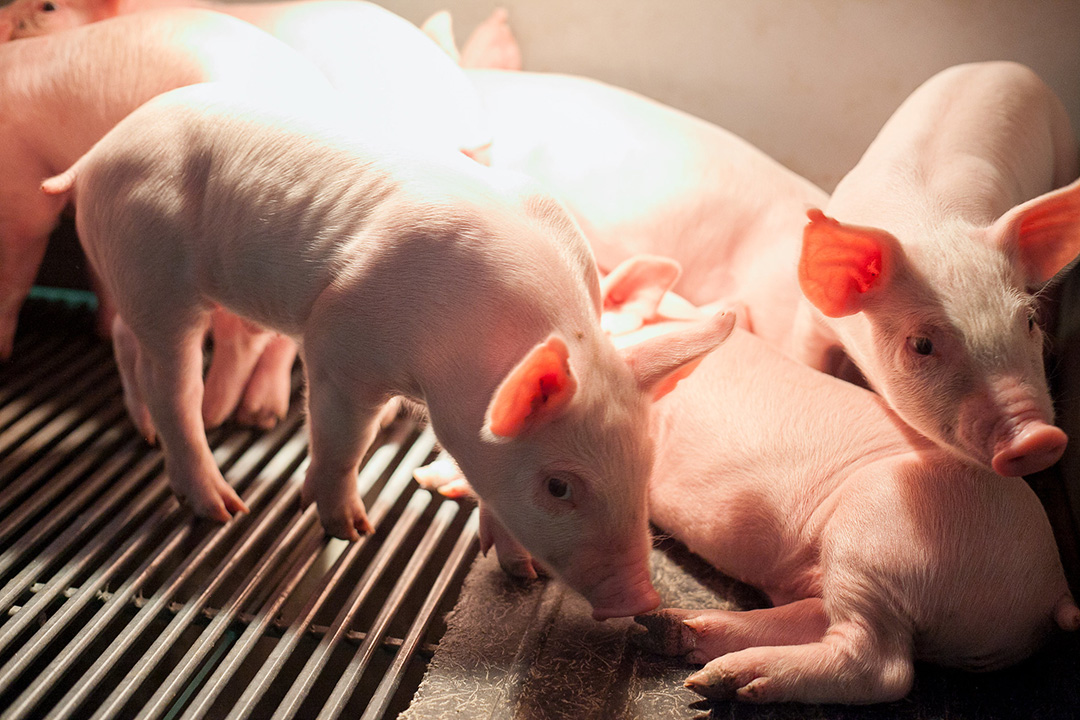
USask research: Multi-species bacteria a threat to Canadian swine industry
A previously innocuous bacterium that’s considered to be part of a pig’s biological makeup is causing increased cases of fever and death among Canadian swine herds.
By Jessica ColbySeveral years ago, no one in Canada’s swine industry would have been concerned about the potential risk of Streptococcus equi subsp. zooepidemicus—a bacterium that can cause infection in virtually every species, explained Dr. Matheus Costa (DVM, PhD), a swine medicine specialist at the University of Saskatchewan (USask).
“Before 2019, if anyone investigating clinical cases found this bacteria in a pig, they would suggest this is a commensal [bacteria], it is just part of the normal biota of a pig,” said Costa, an assistant professor at the Western College of Veterinary Medicine (WCVM) at USask. “We find it in healthy pigs all the time, so we never worried about it.”
However, that perception shifted in 2019 when S. zooepidemicus bacteria began posing a serious health threat to swine herds across Canada and around the world. During that same year, researchers were alerted to S. zooepidemicus outbreaks among pigs in New Zealand and the Netherlands.
“The problem [with S. zooepidemicus] is that it looks like it flares up over and over again,” said Costa. “It just doesn’t go away. Antibiotics will suppress it, we take [antibiotics] out, it comes back again.”
As with other illnesses, some pigs (known as carriers) can also carry S. zooepidemicus without displaying clinical signs—a finding that was recently reported by Costa and his research team.
The WCVM research group is now aiming to discover how Canada’s swine producers can prevent this disease from establishing itself in their barns. Costa is also investigating the development of non-antibiotic therapies and prevention strategies to reduce the disease’s severity.
“Because it’s bacteria, antibiotics are usually the first thing we do. We can suppress disease by treating pigs aggressively,” said Costa.
However, veterinarians need to ensure that they are using the right antibiotic drugs to combat the infection so they don’t induce antimicrobial resistance. Costa said the main challenge is that researchers and veterinarians don’t understand enough about the disease “so we don’t know how [to] control it beyond antibiotics.”

He and his team are trying to determine what will slow the spread of S. zooepidemicus in barns, whether that includes workers washing their boots, testing every animal, or depopulating a barn—a drastic option that’s costly in terms of time and money.
“Depopulation means all the pigs go through the barn flow and then we empty the barn physically. Pigs are removed and the entire barn, top to bottom, is disinfected. Then we start repopulating,” said Costa. “We’ve done that before, and it doesn’t get rid of the bug—likely because of carrier pigs.”
Another problem with S. zooepidemicus is that its clinical signs are similar to a dangerous and extremely infectious virus called African swine fever (ASF) that causes high mortality rates in domestic pigs. Due to the similarities in presentation, it’s impossible to distinguish between S. zooepidemicus and ASF without extensive testing.
“S. zooepidemicus looking like African swine fever adds another layer of complexity to this because we’re not just dealing with a new disease. We need to make sure we don’t have African swine fever as well, so we’re both trying to rule out African swine fever from clinical cases and making sure we understand this new disease,” said Costa.
ASF recently wiped out one-third of China’s swine herd. While ASF has been detected among swine herds in the Dominican Republic and Haiti, no cases have been reported in Canada and the United States so far.
S.zooepidemicus usually affects older pigs, and its initial clinical signs include a lack of appetite and lethargy.
“There is an invasion of the whole body—it goes everywhere. Once it has access to the blood, it can essentially attack any organ and that’s what we see: septicemia,” said Costa. “We see lesions in multiple organs, and that’s where it becomes challenging to differentiate it from African swine fever, because that’s what the African swine fever virus does.”
Unless the pigs have what Costa calls “nose-to-nose contact,” there is little chance the disease will be transmitted between the animals. A recent WCVM trial concluded that the bacterium spreads through physical contact.
“We’ve learned that if we have sentinel pigs in the room together with pigs that have S. zooepidemicus, the sentinel pigs never become infected if they don’t have nose-to-nose contact,” said Costa. “They could be close—at one metre and a half apart—but they don’t get it.
“We’re going to facilitate dealing with the disease as we progress and as we learn more about it.”
Saskatchewan’s Agriculture Development Fund, Alberta’s Results Driven Agriculture Research and Canada’s Natural Sciences and Engineering Research Council provided funding for this study.
Jessica Colby of Montmartre, Sask., is a University of Regina journalism student. She worked at the WCVM as a summer research communications intern in 2021.

